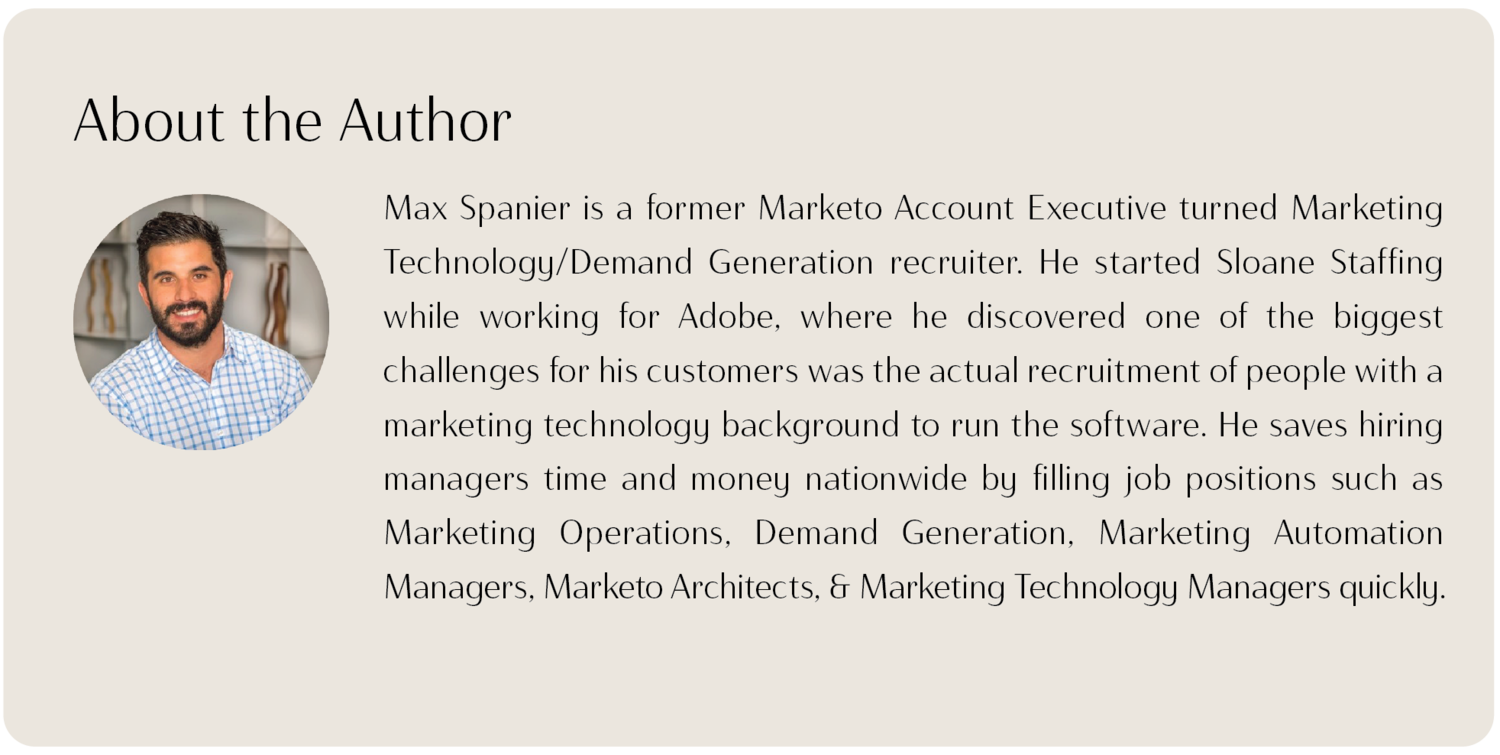How To Build A Successful Marketing Stack And A Team To Support It
Your marketing architecture has no doubt been built over years - as products have evolved and customer requirements have changed, your stack’s cup (can) runneth over.
The “stack” is the neatest and most effective way of understanding your full marketing spectrum. A well-maintained and easy to read stack visually translates how effective your marketing outreach can be, and gives your entire company a trusted resource to refer to when considering communications, product development, customer feedback, or cost value propositions.
It’s also vital in making sure your marketing department doesn’t have overspill - it's a neat way of highlighting how each marketing application works in tandem with others and where there can be application overreach.
Marketing stacks are vital for future-proofing your firm. CMO’s in this regard parallel CIOs or CTOs in their need to be ahead of the product innovation curve - while copywriters and designers work on the end product, CMOs have to be hyper-vigilant about making sure every channel works, and that your prospective market is mapped, analyzed and re-marketed too.
What Are Examples Of A Successful Marketing Stack?
The stack is quite literally a working, adaptable list of every item in your marketing environment. Your stack will mostly compromise your MarTech applications, but it should also contain wider non-digital elements too such as in-person events and fixed place advertisement, to create a full picture of your entire marketing ecosystem.
Certain applications will be better suited to B2B or B2C markets, and your stack should be segmented into ordered lists so your marketing and decision-making team know how the system works as one, and independently.
How does this sort of marketing stack organization work in principle? An example:
Your Social Media channels, PPC, AdTech, Google Console, Analytics, and Insights all serve the same purpose - the applications you use and work on serve a digital community, and the metrics, cost, and value of those marketing channels are unique to those channels.
This differs enormously from Experiential Marketing, for example, which is a much more analog medium of event hosting and marketing, or CRM, which hinges on pipeline development, sales, and customer relationships.
However, every channel sits under brand management and every channel needs to align in tone, language, branding, and end goal. It’s also important that the data generated from one part of your stack can positively and, where appropriate, affect another.
Successful stack application is judged on how you:
Extrapolate data
Use that data
Amend and perfect your current marketing efforts
Generate more leads/sales/brand awareness.
The success of the stack is on the team’s ability to understand what each item does in context: the how in your marketing culture.
What Makes A Marketing Stack Successful? It’s Your Team.
The stack, in essence, gives structure to your sometimes disparate marketing tools. Success then hinges on an in-depth knowledge of each digital and analog application’s place in the marketing chain and how data derived from each item within the stack places work towards marketing optimization. That requires adept people administering and working within the stack.
Success, however, is very subjective to your market and your customer. Therefore, the stack has to embody agile marketing principles - it needs to be reactive and agile in the face of changes and failure, it needs to be understood by every stakeholder, and the data generated needs to be quality enough to feed into an iterative process of marketing betterment. That also requires a team of agile marketeers, MarTech pros, Tech heads, and customer-focused messaging wizards.
Your team needs to know how each channel works in context, but they also need to be emboldened enough to change systems and processes if they don’t work. If the insights generated aren’t suitable for effective marketing change, the insights need to change. Your team needs to be aware and confident enough to make effective changes, quickly, and amend the stack.
Summary
Your marketing stack success hinges on two things:
Understanding how the data generated from your stack affects your company marketing prospects in context,
The skill of the people administering that data.
CMO’s cannot be expected to do it all themselves.
Gathering a team that understands the intimate makeup of each sector of your stack, and giving them the autonomy and trust to build actionable data from those channels, is the difference between marketing failure and success.

